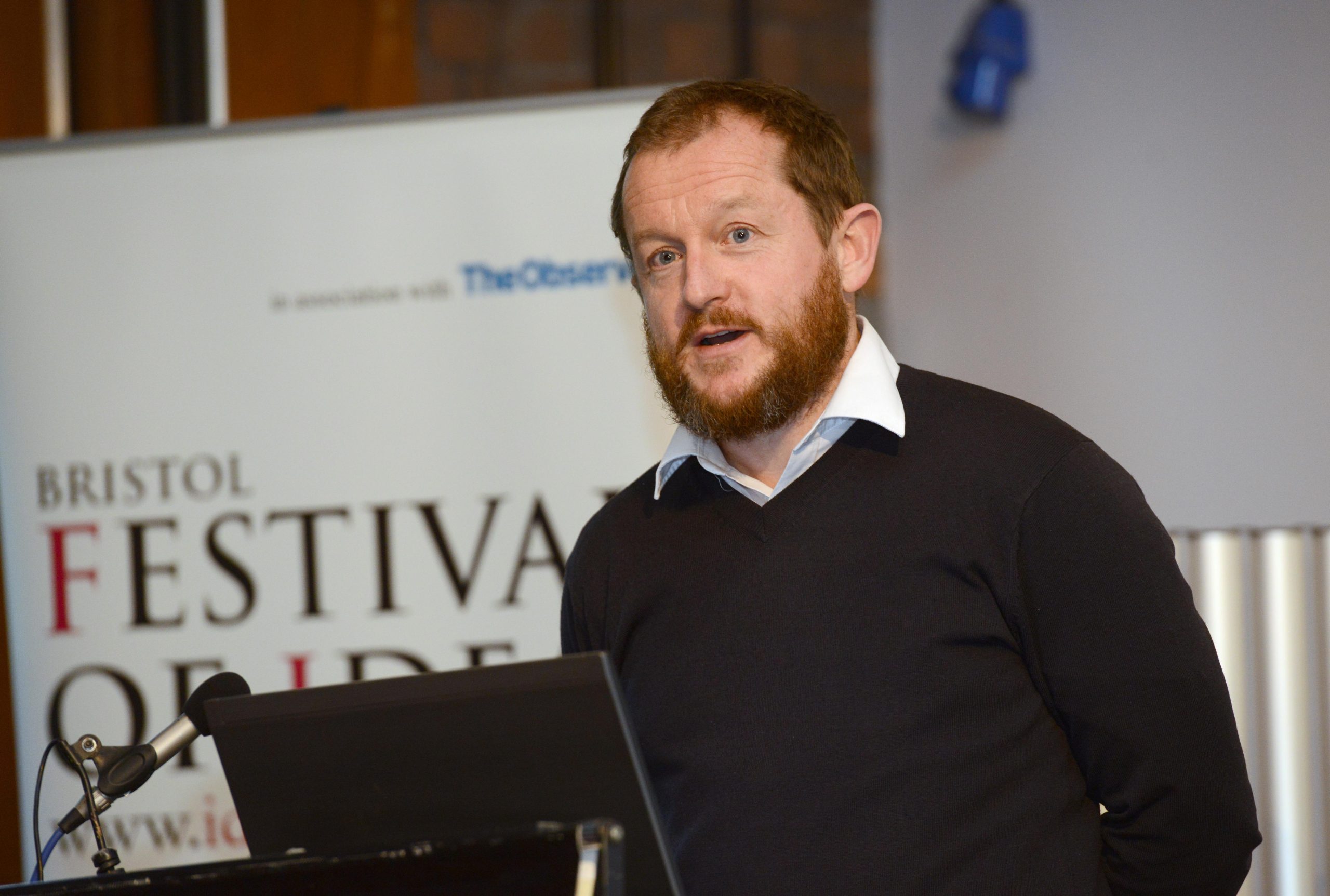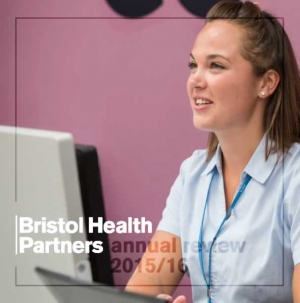Update from Director David Relph
Strengthening the Health Integration Team model – and the future of the partnership
As I look back over the past year, it is clear that the heart of our partnership continues to be the Health Integration Teams (HITs). This model is key to our approach, drives our activity and makes us distinctive as a health partnership.
That said, we aren’t standing still. The HIT model review and strategy, mentioned by Andrea Young in her welcome, will guide how HITs develop and are supported. Central to this is the challenge of understanding impact at various levels: of the individual HITs, and the model itself. And our collective understanding of collaborating like this is developing as we learn about working together, and the challenge of making the benefits of the HIT approach real on the ground.
HIT achievements through collaboration
Our first four years have been an exercise in collective learning. We have seen new ways that the HIT model has facilitated collaboration and research translation, including:
- The collaborative work of Supporting Healthy Inclusive Neighbourhood Environments (SHINE) with the Active People: Promoting Healthy Life Expectancy (APPHLE), Child Injury (CIPIC) and Dementia HITs on a co-ordinated response to the West of England joint spatial plan, focusing on the evidence linking the built environment with health and wellbeing
- The SHINE and APPHLE joint work on the 20mph campaign, including SHINE Directors Suzanne Audrey presenting to full council in March and Adrian Davis working with the Bristol Post to get the evidence into public discourse
- Bristol Health Partners involvement in and support of Healthy City Week, a more grassroots model of event organisation and profile raising than we have used before
Examples like this are encouraging: they tell me the HIT model isn’t standing still. While the next year will see changes to how we support HITs across our portfolio, the model remains the core of the partnership.
Celebrating success in health and care
Another cause for celebration was the first ever Bristol Health and Care Awards, run by the Bristol Post and sponsored by Bristol Health Partners. We developed 15 award categories to reflect the breadth and depth of the health and care sector.
With nearly 200 entries and a full house on the night, the awards were a tangible expression of the support, care and passion that typifies our health and care community in Bristol. Again I’d like to congratulate all the nominees, and everyone involved in making it a great night.
Our strategic direction
Last year I talked about making the most of the strategic potential of the partnership. I think we are still reflecting on and exploring that potential rather than realising it. That said, we are making a start, and have retained and developed our focus on workforce, data and sustainability. In the year ahead we will test the value of working in this more strategic way: we will be announcing initial projects in the next few months.
The strategic agenda is of course a challenging one. Strategic collaboration across organisations challenges our structures and our imaginations. Starting with a blank canvas is difficult, and it’s often helpful to have a framework around which to structure that collaboration. We now have something that will provide some of that of that direction and a framework to work to in the Sustainability and Transformation Plans or STPs.
STPs will set out the strategic aims and operating framework for local health and care systems over the next five years. We will support the delivery of our local plan, and related documents such as digital roadmaps. Our three core challenges of workforce, data and sustainability still make sense, but it is clear now that what we do via the partnership should support and compliment the STP, and we will work to ensure this happens.
What next for the partnership?
With our first collaboration agreement ending in 2017, we must consider where we go next as a partnership. While refreshing the agreement, we will reflect on the last four years and agree collectively how we take the partnership forward. The measurable impact of the partnership’s work and how we prioritise and focus effort will be considered, as well as how we develop work on the city-level strategic agenda, alongside the more targeted Health Integration Teams.
Devolution and its potential impact will inevitably be part of this discussion. While how this looks in practice will be up to all the local leaders in Bristol and the wider region, I am optimistic that if health and care is part of the discussion – and I think it should be – that Bristol Health Partners can play a very constructive role.
There is a wider challenge of how we tackle health and care issues at ‘city level’. The partnership will support this agenda via the STPs, but there is a broader question out there about how well organisations, and the networks to which they increasingly belong, work effectively on city level or place based challenges. We are part of a local consortium that will examine this issue in Bristol through the research councils’ Urban Living Partnership. I look forward to updating you as this develops.
The challenge – and prize – of place level impact
Our joint aim is to unlock the potential of ambitious and long term collaboration between institutions in systems like health and care. As I said last year: “Opportunities to think, share, and then work together at this level are rare and we must make every use of the opportunities that come along to do this… Bristol Health Partners is a vehicle to enable this at all the different levels of our health and care system and city, and I believe that the work of the partnership can have a profoundly positive impact.”
The organisations in Bristol Health Partners and other local partnerships are anchor institutions in the region. Their influence is manifested in many ways, some deliberate and explicit, some unintended. They can be powerhouses of change in their – our – communities.
I am strongly motivated by this opportunity, but it will involve time, and risk: committing resources to programmes based on a shared understanding of place is rarely recognised in the traditional measures of the success of institutions. But I am optimistic about the emergence of ‘civic-minded’ leadership, accelerated by the devolution agenda which demands leaders act in a place-based way. I hope that as this shift occurs, we can use Bristol Health Partners to support it.
There is a final aspect of this challenge that I’d like to share – that of working together in a way that is transparent and accessible to the public as citizens, not just service users. I don’t think anyone has the answer to this yet, but we work towards it via our partnership with People in Health West of England, an initiative I’d like to pay tribute to as a nationally innovative success.
In many ways, the real challenge of partnership working is not one of structure or coordination but one of creativity and imagination. It’s about being creative in how we use local organisations and networks at all levels to facilitate joint working and to connect local capability, energy and intellect to local challenges. This is the potential value of partnerships like ours and, as we consider our next phase beyond 2017, I see ahead a strong and positive role for the partnership, with a focused portfolio of HITs at its heart, having real impact on the place that we all live.


Download the 2015-16 Bristol Health Partners annual review (PDF)






